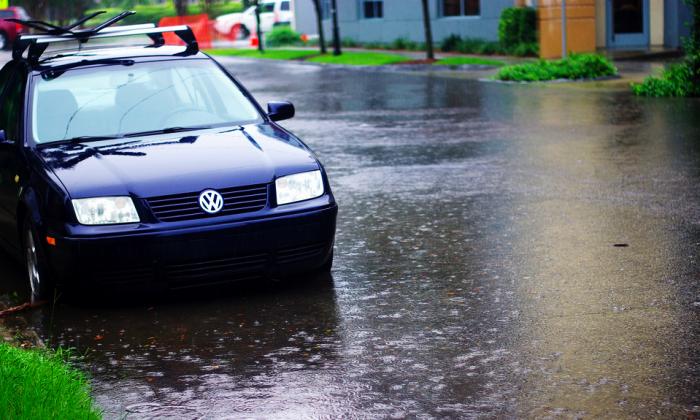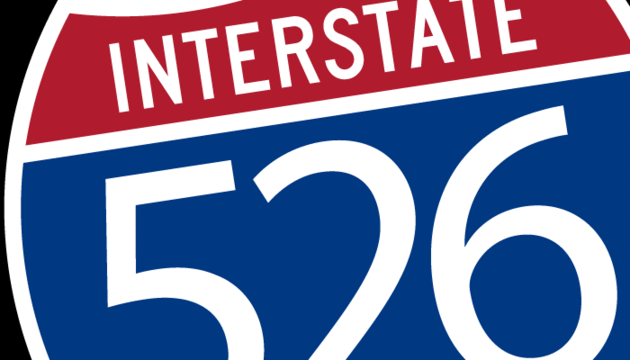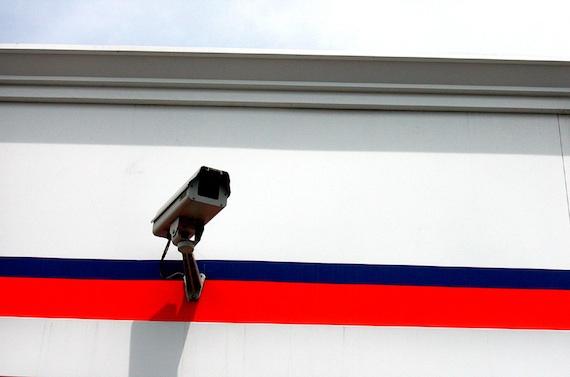
Image by Ken Hawkins/TheDigitelImage by 20080613redlight.jpg Traffic backs up on the north-south running Meeting Street. Recent changes to the traffic grid have favored streets like Calhoun and Broad.
If you've ever been stuck in Peninsula traffic, you've often wondered why it's so bad, and thought that it wasn't always so. And you're right. Tweaks to the traffic grid system favor east-to-west streets in hopes of alleviating the worst congestion.
The Post and Courier offers the results of a bit of digging:
Last year the city of Charleston revamped its entire traffic signal system, a complex grid of lights across the peninsula, West Ashley and James Island that is meant to keep traffic moving quickly, efficiently, safely. To a great extent, it works. If you get into the right band of traffic, you can sail down Savannah Highway without hitting a light. Well, except maybe at Wappoo. You can fly, relatively so, on Calhoun Street.
But there were winners and losers here. The losers — of some time — were folks driving north and south on the peninsula.
If you are driving on King, Rutledge, East Bay and, to an extent, Meeting Street — the major north-south roads — you will get one minute of red light for every 30 seconds of green light at the major intersections. That varies some depending on the time of day, but that's pretty much it.
Meanwhile, east-west routes such as Calhoun and Broad streets see a minute of green for every 30 seconds of red. You can drive the length of Calhoun — 1.6 miles between Courtenay and the Aquarium — in under six minutes. Driving that far on King, Rutledge, Meeting or East Bay will take 10 to 12 minutes, according to a day's worth of driving those routes.
Read more on why-and-how over at their Web site.


